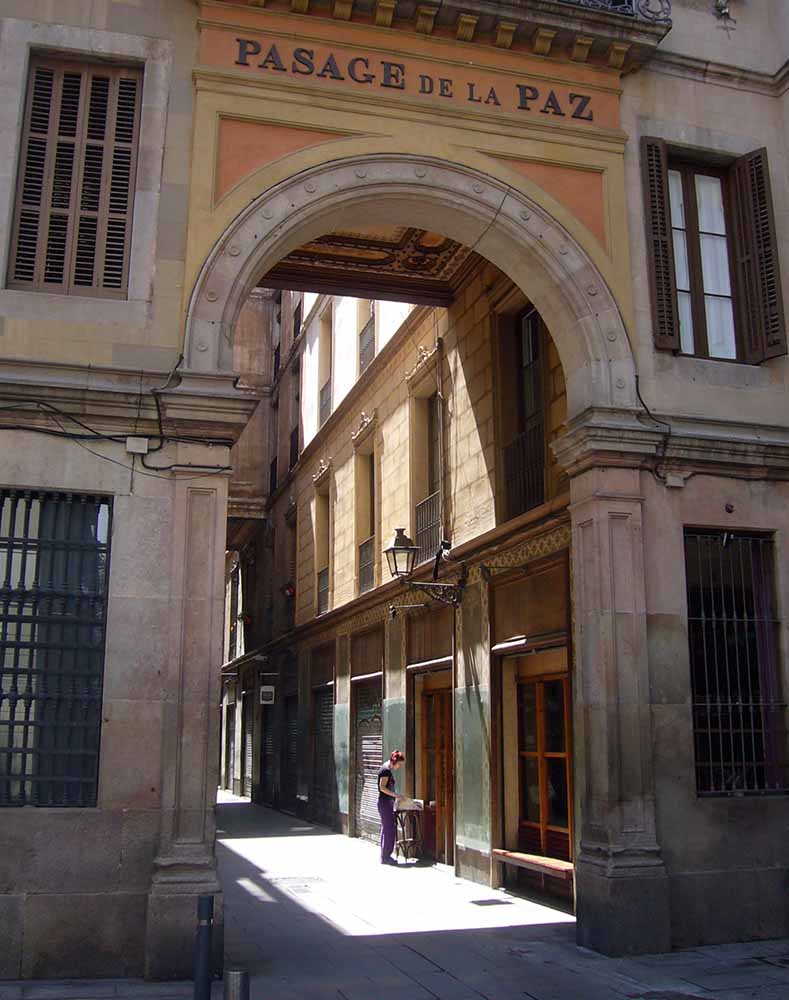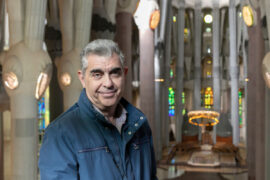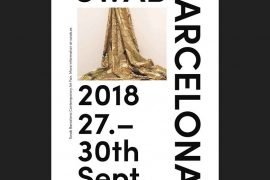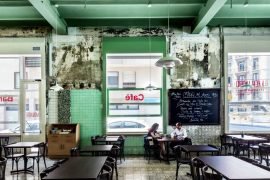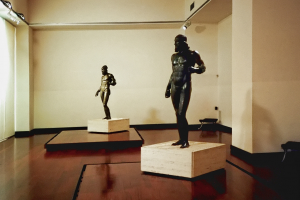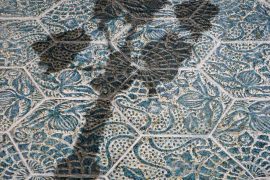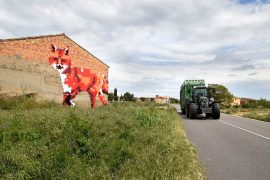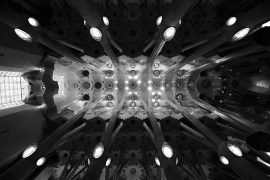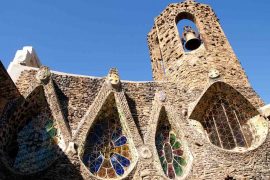[dropcap letter=”W”]
e have all gone through this before, often when we walk around at a leisurely pace: bumping into an unknown turn, we have come across a gateway leading onto a hidden alleyway, and faced with a new challenging route, we have changed our way and decided to give it one go. On embarking into one of these passageways, we have re-experienced that feeling of discovery and adventure, because we have no idea where the alleyway will lead us, or whether that is a public or private alleyway, or whether the secret route will end up in a dead end or is simply a shortcut.
If the turn ends up in a maze, we will retrace our steps, disappointed but pleased of having discovered a secret passage, a tiny little corner of the city for enjoyment to the community, owners of a small private oasis where children can play freely like they used to do in public squares.
If the passageway has an actual exit, then we will become its accomplices, and incorporate that shortcut to our usual routes. We will gradually discover the types of families living there and so, whenever we walk there, we will remember the uncertainty of the day we discovered it.
According to the dictionary, a passageway is a «short street, a gallery between two streets, reserved to those who walk». This definition coincides with the one given by Jorge Carrión, one of the main experts in this type of crossings, who has walked around dozens of them while writing Barcelona: Llibre dels passatges. «Each passageway has an assertiveness and un-assertiveness of the city as a whole», he claims: if the city includes passers-by and cars, speed and traffic, chaos and noise, passageways are just the opposite: a space that ignores the present and becomes a bubble, a vacuum where time comes to a halt.
Barcelona can boast of having a few European-style passageways that are so beautiful that you could spend hours watching their stained glasses and decorative friezes. The passageway of La Pau, at the end of Les Rambles, is a minor, small-scale example of it, far less lavish than the Parisian galleries or the Vittorio Emanuele galleries in Milan. On the other side of the coin, the industrial passageways. They are small alleyways in formerly textile districts –in the Vallès, these are known as “estades”– hosting scores of rooms, on each side of the street, which used to accommodate entire families, often in subhuman living conditions, back then more akin to those endured in Calcuta than in Paris.

In fact, Barcelona’s history could be easily reconstructed through passageways. From these estades –some of which still exist in Poblenou– to passageways in countryhouses for summertime stays for wealthy Barcelona middle-class families still living in Farró, at the very heart of Sant Gervasi, like Mulet or Sant Felip passageways, locked every night for security purposes. It is precisely in a jasmine-scented house, a few streets up from there, where Mercè Rodoreda grew up.
But there is more: the passageways from the red-light district, like that in Bernardí Martorell, have still strong reminiscences of darkness, urine and condoms from the past, when rubber-selling stores would advertise themselves with such slogans as «spend a penny and you will save thousands». Far from the centre, there are passageways that speak volumes about slums and shanty towns and the uncontrolled development of such areas as Carmel or Ciutat Meridiana, still unpaved, and finally, back in the city centre, there are still unexplored passageways next to Palau de la Música, like that in Sert or that in Manufactures, which somehow account for the Barcelona of the future, with vegan restaurants, cafés for hipsters, co-working spaces and tourists flooding in.

